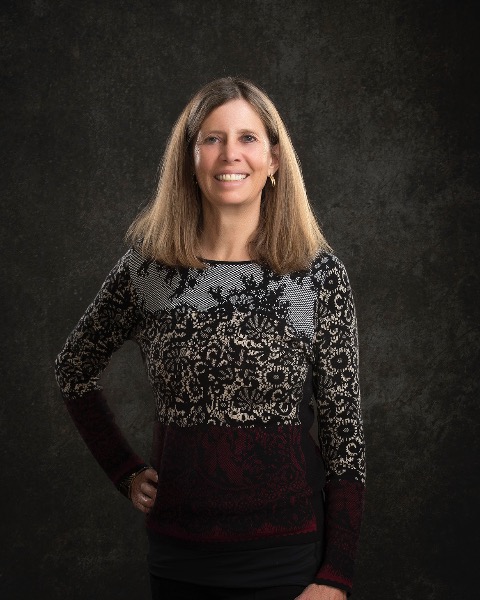Advocacy Project
Program: Council on Community Pediatrics
P3B280: Raise the Flag on Air Quality
Sunday, October 22, 2023
2:00 PM - 4:00 PM US EDT
Location: Walter E. Washington Convention Center, Exhibit Hall A
Background: Montana is a frontier state, beset each year with summer/fall wildfires and winter inversion layers polluted from wood stoves.
We have 131 pediatricians in Montana but most counties have no pediatricians; nine have no physician at all and fifty-two of the 56 counties are primary care shortage areas. We have 4340 children on Medicaid with asthma.
Discussing climate change is challenging. But with wildfires worsening and air quality a significant program, we felt that bringing the EPA Air Quality Flag Program could open the door to conversations on air, climate, and human health.
Project Description: For a location to be part of the EPA flag program, they register on an EPA site. They (typically students) must check air quality daily and raise the correct color of flag. The flag sends a signal to the students and staff including sports coaches, as well as the community. With assistance from the Region VIII PEHSU, we were able to buy an air quality monitor for sites where no air monitoring was nearby. We spoke to classes or entire schools when invited to do so.
Discussion: With the help of two Montana Seasoned pediatricians and their contacts, we were able to reach out to clinics, school science teachers and nurses, fire departments, libraries across the state. We hired a part-time coordinator who assisted with outreach. We made over 700 contacts by phone, email, newsletters, and tabling; had numerous newspaper articles; and had 52 sites register for the program. Over 1000 children were directly reached with presentations. Twenty communities now have air monitors that the entire community can access on the internet. We distributed hundreds of books on air quality to school-aged children. All but one Indian reservation has schools in the program and over half the schools registered were in rural regions of the state, a goal for this project as the rural communities are under-resourced with fewer services available and fewer climate conversations ongoing.
Conclusion: The Montana Chapter of the American Academy of Pediatrics received great publicity from this project. Conversely, many Montanans now know that the pediatricians are concerned about air quality and climate change. It has opened the door to further collaborations with organizations across Montana such as Moms’ Clean Air Force and other environmental groups.
We have 131 pediatricians in Montana but most counties have no pediatricians; nine have no physician at all and fifty-two of the 56 counties are primary care shortage areas. We have 4340 children on Medicaid with asthma.
Discussing climate change is challenging. But with wildfires worsening and air quality a significant program, we felt that bringing the EPA Air Quality Flag Program could open the door to conversations on air, climate, and human health.
Project Description: For a location to be part of the EPA flag program, they register on an EPA site. They (typically students) must check air quality daily and raise the correct color of flag. The flag sends a signal to the students and staff including sports coaches, as well as the community. With assistance from the Region VIII PEHSU, we were able to buy an air quality monitor for sites where no air monitoring was nearby. We spoke to classes or entire schools when invited to do so.
Discussion: With the help of two Montana Seasoned pediatricians and their contacts, we were able to reach out to clinics, school science teachers and nurses, fire departments, libraries across the state. We hired a part-time coordinator who assisted with outreach. We made over 700 contacts by phone, email, newsletters, and tabling; had numerous newspaper articles; and had 52 sites register for the program. Over 1000 children were directly reached with presentations. Twenty communities now have air monitors that the entire community can access on the internet. We distributed hundreds of books on air quality to school-aged children. All but one Indian reservation has schools in the program and over half the schools registered were in rural regions of the state, a goal for this project as the rural communities are under-resourced with fewer services available and fewer climate conversations ongoing.
Conclusion: The Montana Chapter of the American Academy of Pediatrics received great publicity from this project. Conversely, many Montanans now know that the pediatricians are concerned about air quality and climate change. It has opened the door to further collaborations with organizations across Montana such as Moms’ Clean Air Force and other environmental groups.

Lori G. Byron, MD MS (she/her/hers)
Pediatric Hospitalist, SCL Health
SCL Health
Red Lodge, Montana

.png)
